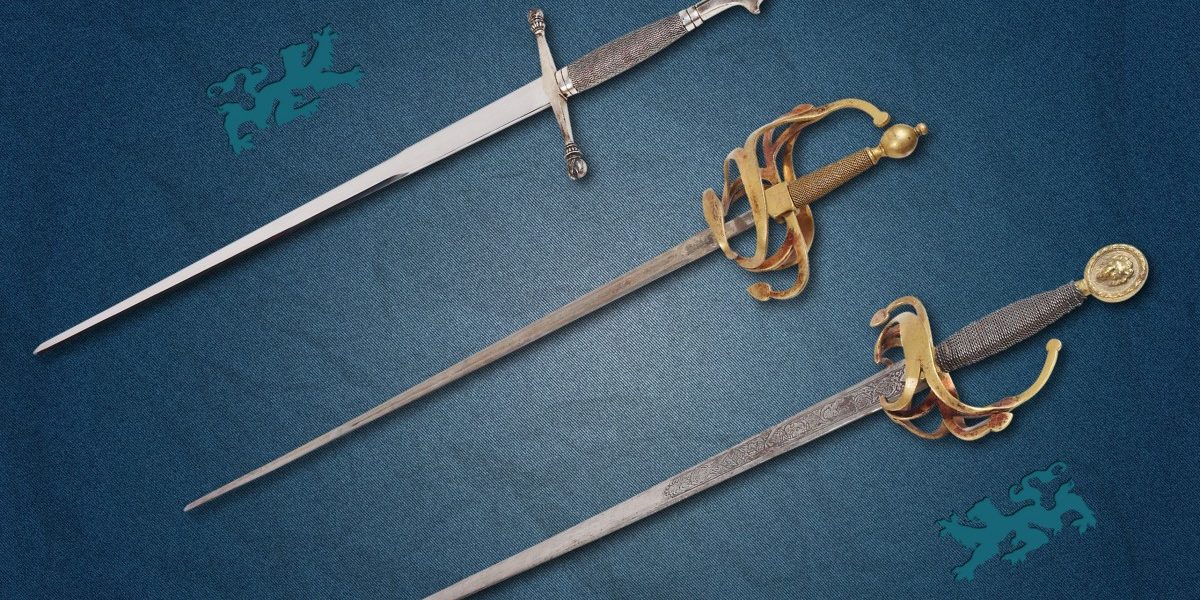Gripping the sword seems simple enough but there are often mistakes made. The sword is sometimes held too tightly or too loosely. The sword is sometimes held by the wrong fingers, or with the pressure of the wrong fingers. Each one of these elements can impact how the sword is used by the fencer. Of course it also depends on which sword is being spoken about, so some specificity is necessary before proceeding any further.
Weapon
The reason that the sword needs to be spoken about is that the hilt shape and construction will be important to how the sword will be correctly held. Holding a foil with a French grip will be different to holding a sabre, which will be different to holding a rapier. Due to it being the weapon which I have most familiarity with, the rapier will be the focus of the discussion. To this, the weapon will be taken to have a straight handle, quillons, and a ricasso as the essential elements which will be required.
Sword Methodology
With the weapon and hilt discussed, the gripping of the weapon can be returned to. The rapier may be gripped in several different ways, depending on what the fencer intends to do with the weapon, and how the fencer wishes to fence with it or what style they wish to use. Again, some specificity is required because often the grip will change to suit the the methodology of using the sword. For the purposes of this discussion the fencer will be assumed to be using an Italian or Elizabethan methodology, thus using both cut and thrust, but primarily thrust.
Effects
A sword which is held too tightly is difficult to move because the muscles are already constrained. It is also difficult to practice fine movements because of the constraint on the muscles. Further, feeling through the blade (senso di ferro or sentiment du fer) is more difficult to access if the weapon is held too tightly. If the weapon is used to cut, the weapon will more likely smack into the target and bounce off rather than slicing into the target. Finally, holding the sword tightly uses energy which will tire the hand quickly which means the fencer will tire quickly.
Continue reading on A Fencer’s Rambling






